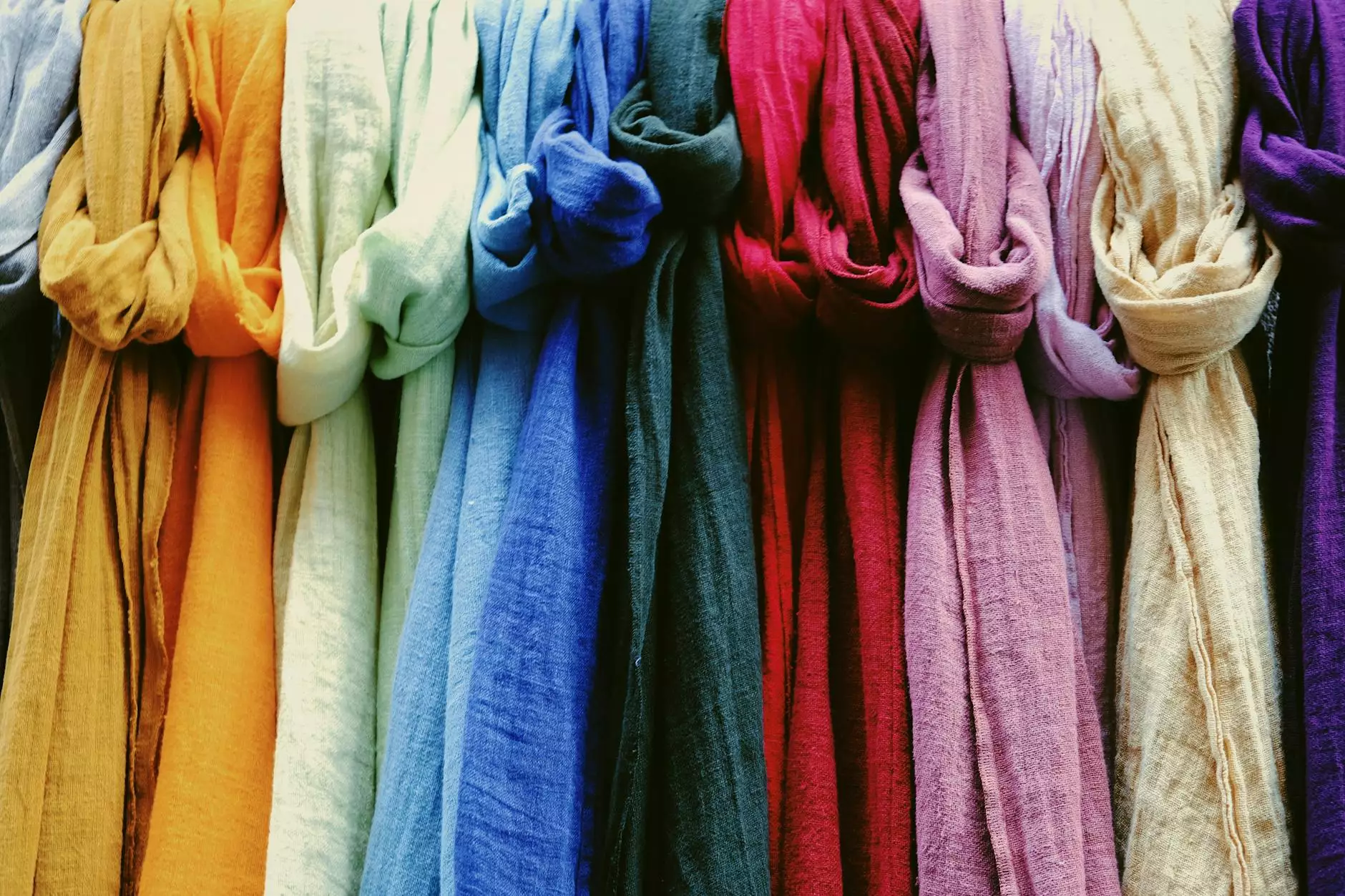Exploring the World of Color Theory in Marketing
Blog
Welcome to TNECDA- Creative Design Agency's blog post on the power of color in marketing. In this article, we will dive into the fascinating world of color theory and explore how it plays a crucial role in the visual arts and design industry.
Understanding Color Theory
Color theory is a complex field that examines the way colors interact with each other and how they affect human emotions and perceptions. By understanding the fundamentals of color theory, marketers and designers can effectively utilize colors to convey messages and evoke specific responses from their target audience.
The Role of Colors in Marketing
Colors have the power to influence our emotions, thoughts, and behaviors. As visual creatures, humans are naturally drawn to vibrant hues and varying shades. Successful marketing campaigns leverage this innate attraction to capture attention, convey brand messages, and ultimately drive conversions.
Color Psychology and Marketing
Color psychology is the study of how different colors evoke specific emotional and psychological responses in individuals. By tapping into the principles of color psychology, marketers can strategically select the right colors to create desired effects and associations with their brand.
The Impact of Color on Brand Perception
When it comes to branding, color plays a significant role in shaping consumers' perception of a company. Different colors are associated with specific traits and emotions. For example, blue often represents trust and reliability, while red is often associated with energy and excitement. Businesses can utilize these color associations to shape consumers' perception and evoke a particular response.
Applying Color Theory in Marketing and Design
Incorporating color theory effectively in marketing requires a deep understanding of the target audience, brand identity, and desired message. Here are some key considerations when applying color theory:
1. Brand Identity
Your brand's distinct identity should guide your color choices. Consider your brand values, target market, and industry when selecting colors that align with your brand personality. Consistency in color usage builds brand recognition and creates a visual identity that resonates with your audience.
2. Use of Color Combinations
Colors can be combined to create different moods and reinforce brand messages. Understanding color harmonies, such as complementary, analogous, or triadic color schemes, can help create visually appealing designs that effectively communicate your brand's vision.
3. Cultural and Contextual Considerations
Colors can have different cultural meanings and associations. When targeting global or diverse audiences, it's crucial to consider how colors may be interpreted in different cultural contexts. Researching color symbolism in various cultures ensures your marketing efforts remain inclusive and respectful.
The Psychology Behind Popular Colors
Let's take a closer look at some popular colors and the psychological impact they can have on consumers:
1. Red
Red is a highly stimulating color that can evoke strong emotions such as passion, excitement, and urgency. It has been shown to increase heart rate and create a sense of urgency, making it an excellent choice for calls-to-action or limited time offers.
2. Blue
Blue is often associated with feelings of calmness, trust, and reliability. It is frequently utilized by banks and financial institutions to establish a sense of security and dependability. Additionally, lighter shades of blue can evoke a sense of serenity and peace.
3. Green
Green is associated with nature, growth, and harmony. It represents freshness and is commonly used in industries related to health, environment, and organic products. Green can also symbolize wealth and prosperity, making it a suitable choice for financial institutions, or companies targeting environmentally conscious individuals.
4. Yellow
Yellow is a vibrant and energetic color that grabs attention and exudes positivity. It can evoke feelings of joy, optimism, and creativity. Many fast-food chains use yellow in their branding to create a sense of urgency and attract hungry customers.
5. Purple
Purple is often associated with luxury, royalty, and creativity. It can evoke a sense of elegance and sophistication. Purple is commonly utilized by cosmetic and beauty brands to create a sense of premium quality and exclusivity.
Conclusion
The world of color theory in marketing is a fascinating one, and understanding its principles can significantly impact the success of your visual arts and design efforts. By harnessing the power of colors and utilizing color psychology, TNECDA- Creative Design Agency helps businesses create captivating marketing campaigns that effectively communicate their brand messages and resonate with their audience.










